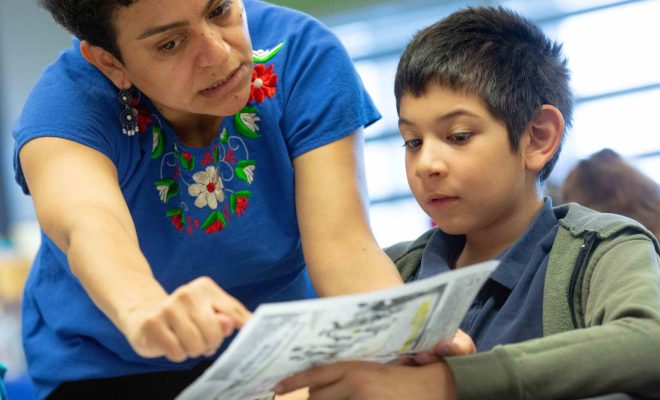Out-of-the-Box Ideas for Teaching Algebra and Geometry

1. Real-World Applications: Connect algebra and geometry concepts to real-life scenarios. For example, teach algebraic equations using shopping scenarios or geometry using architectural designs.
2. Hands-On Manipulatives: Incorporate physical objects like blocks, tiles, or even art supplies to help students visualize and understand algebraic and geometric concepts. For instance, use colored tiles to demonstrate factoring or use 3D shapes to explore volume.
3. Gamification: Turn algebra and geometry lessons into games to engage students and make learning fun. Create math scavenger hunts, board games, or online interactive quizzes that reinforce concepts while promoting friendly competition.
4. Outdoor Learning: Take mathematics outside the classroom to spark student interest and creativity. Arrange field trips to places where algebra and geometry come to life, such as museums, botanical gardens, or architectural landmarks.
5. Technology Integration: Utilize digital tools and apps to enhance algebra and geometry instruction. Use online graphing calculators, geometry apps, and interactive simulations to help students visualize complex concepts and solve problems.
6. Project-Based Learning: Encourage students to explore algebra and geometry through hands-on projects. Allow them to design and build structures, create scale models, or analyze patterns and data using real-world examples.
7. Peer Collaboration: Promote collaboration by encouraging students to work together on challenging algebra and geometry tasks. Assign group projects or peer tutoring sessions to foster problem-solving skills and build teamwork.
8. Differentiated Instruction: Recognize that students have different learning styles and abilities. Offer a variety of instructional strategies, such as visual aids, step-by-step guides, or online tutorials, to cater to individual needs.
9. Cross-Curricular Connections: Integrate algebra and geometry with other subjects to show practical applications. Connect mathematics with art, music, or physics to demonstrate how these disciplines intersect and reinforce each other.
10. Open-Ended Questions: Engage students in critical thinking by posing open-ended questions that require algebraic and geometric reasoning. Encourage them to explore various solutions and defend their mathematical reasoning.
Remember, by incorporating these out-of-the-box teaching ideas, you can make algebra and geometry more accessible and enjoyable for your students, fostering a deeper understanding of these important mathematical concepts.


